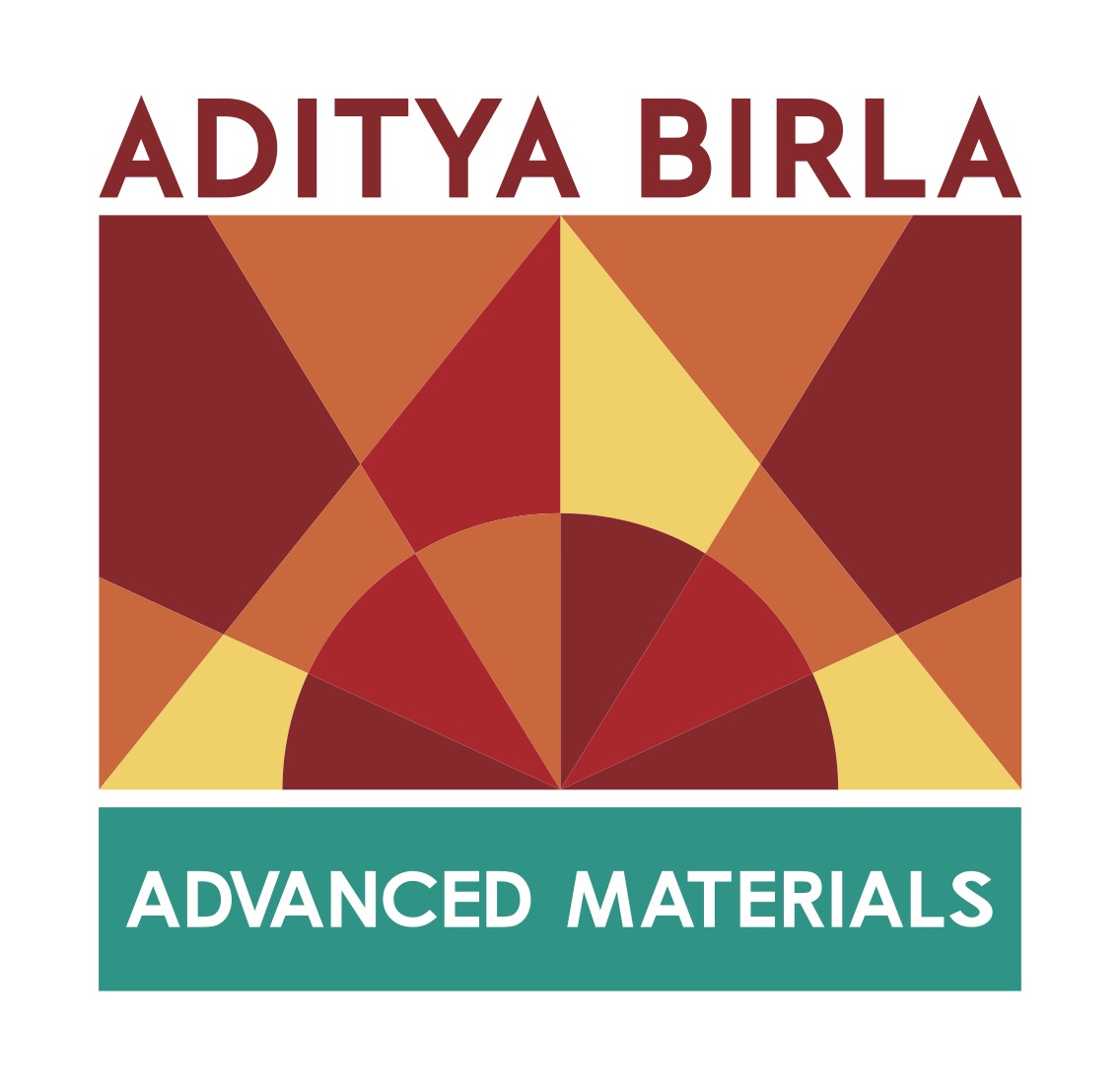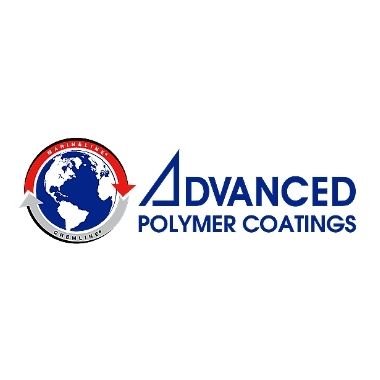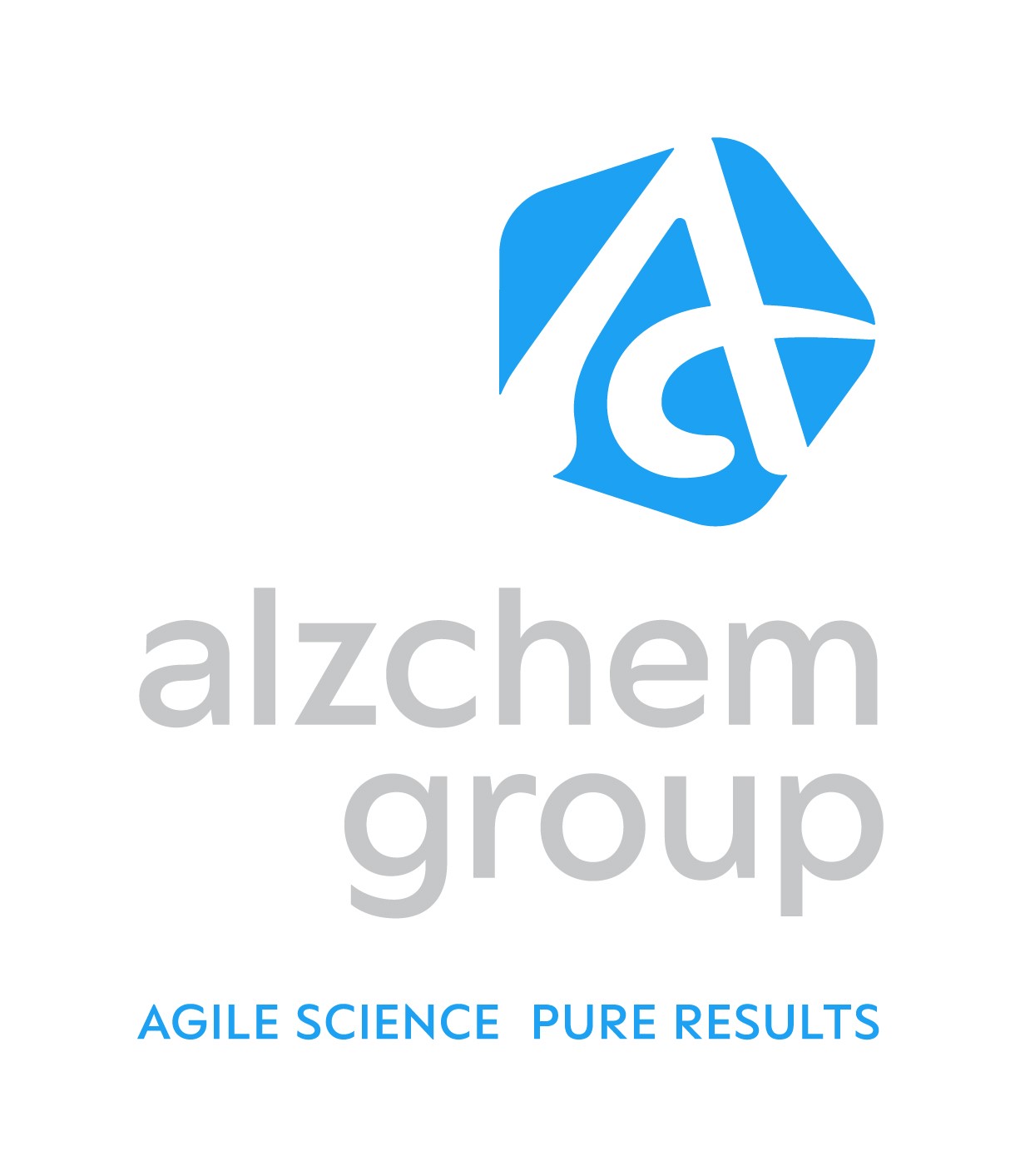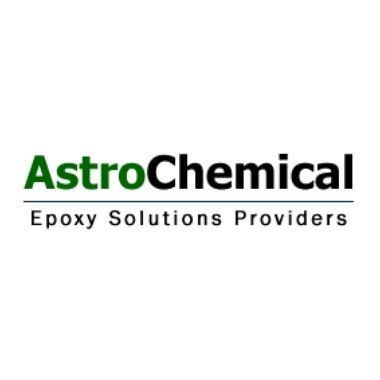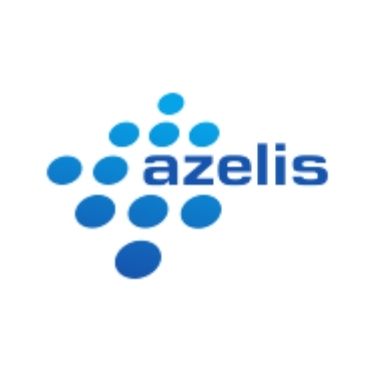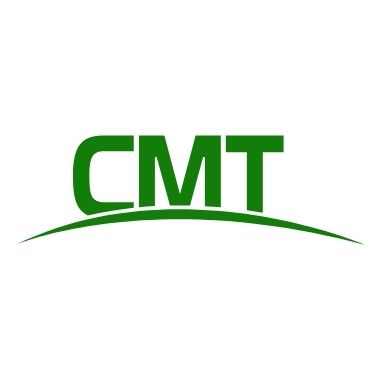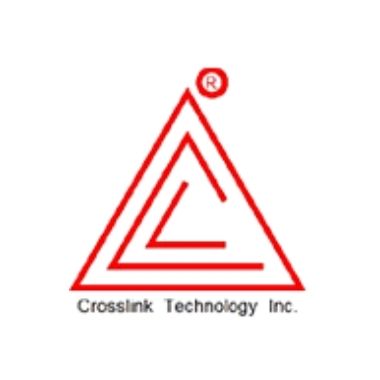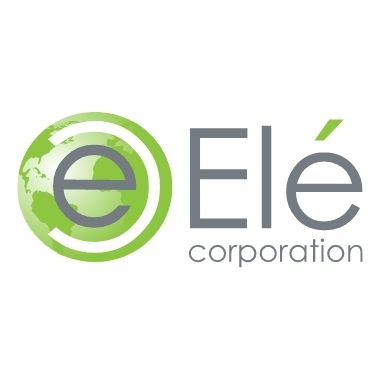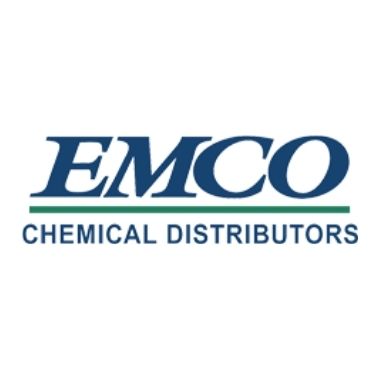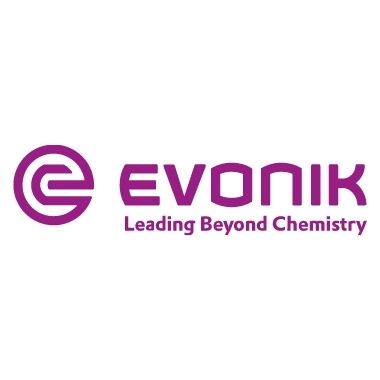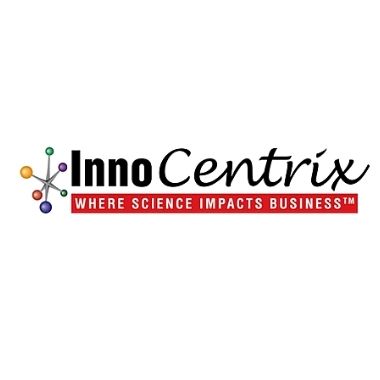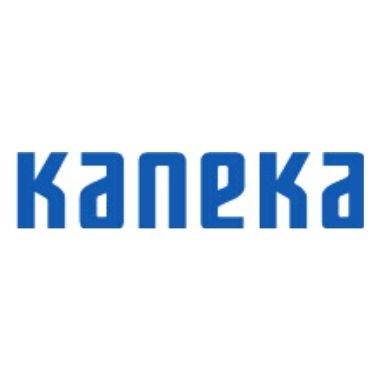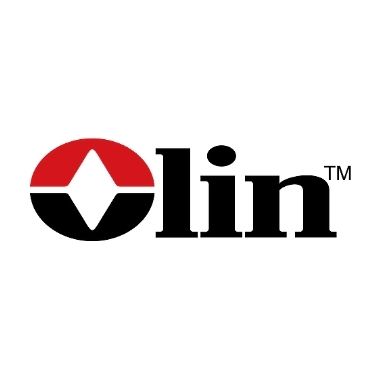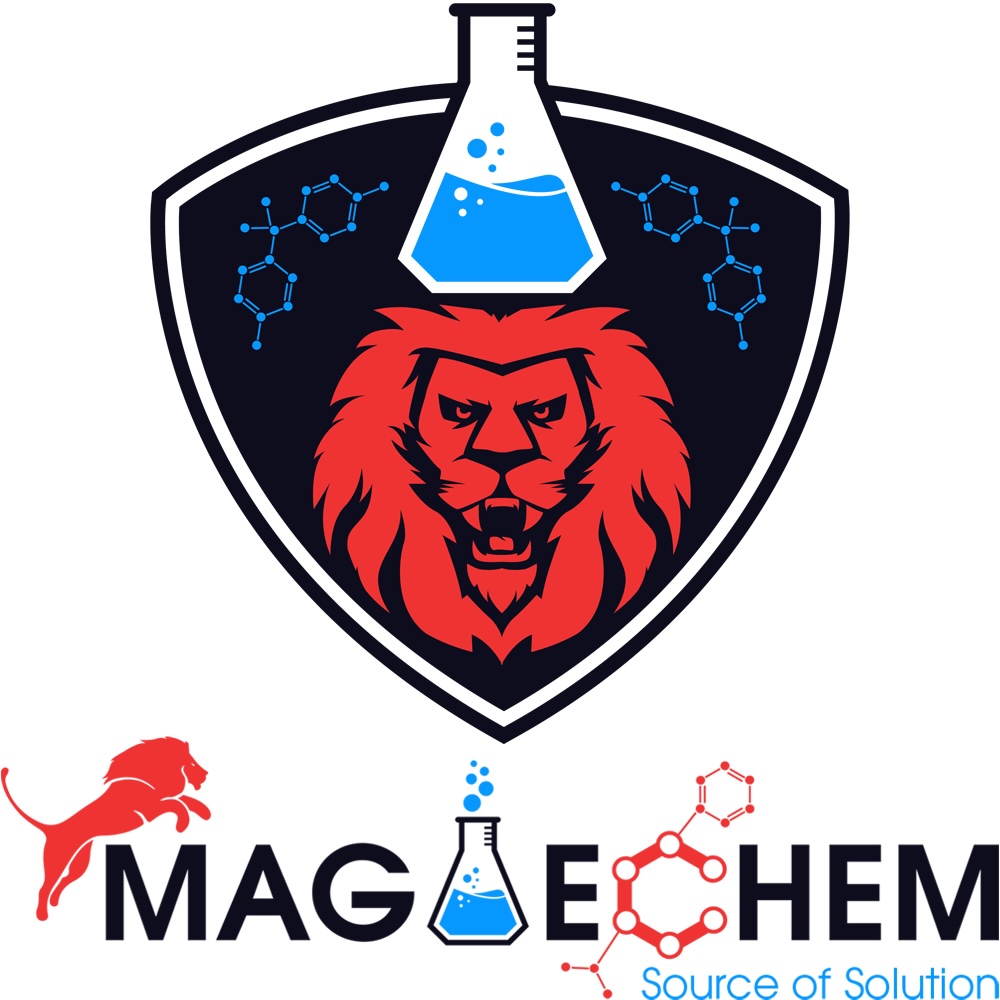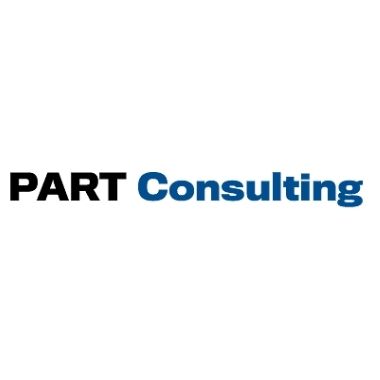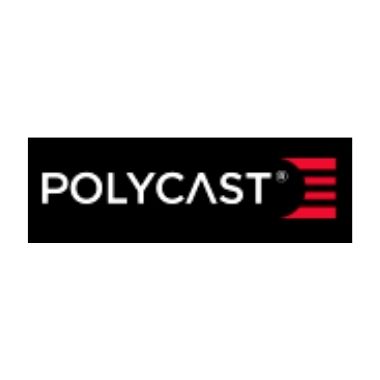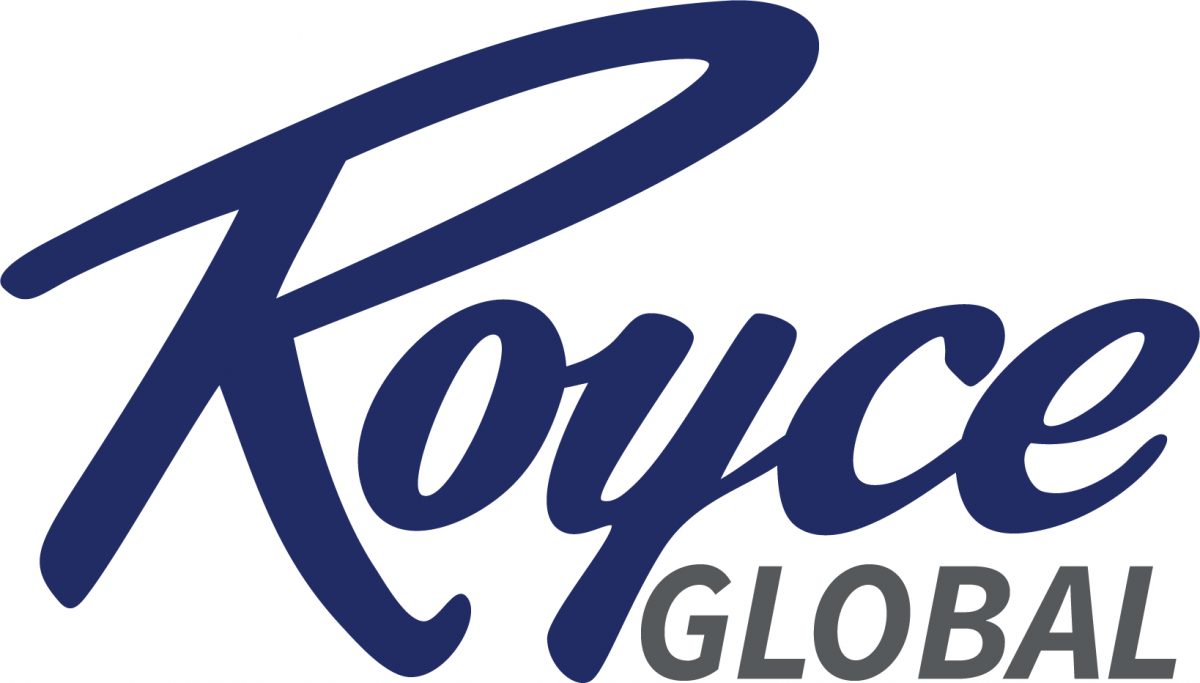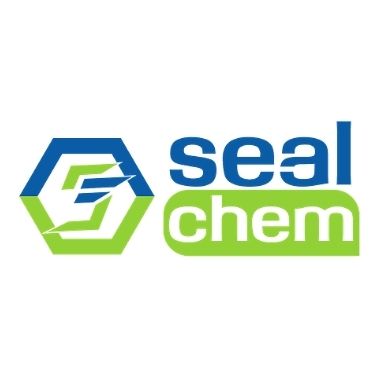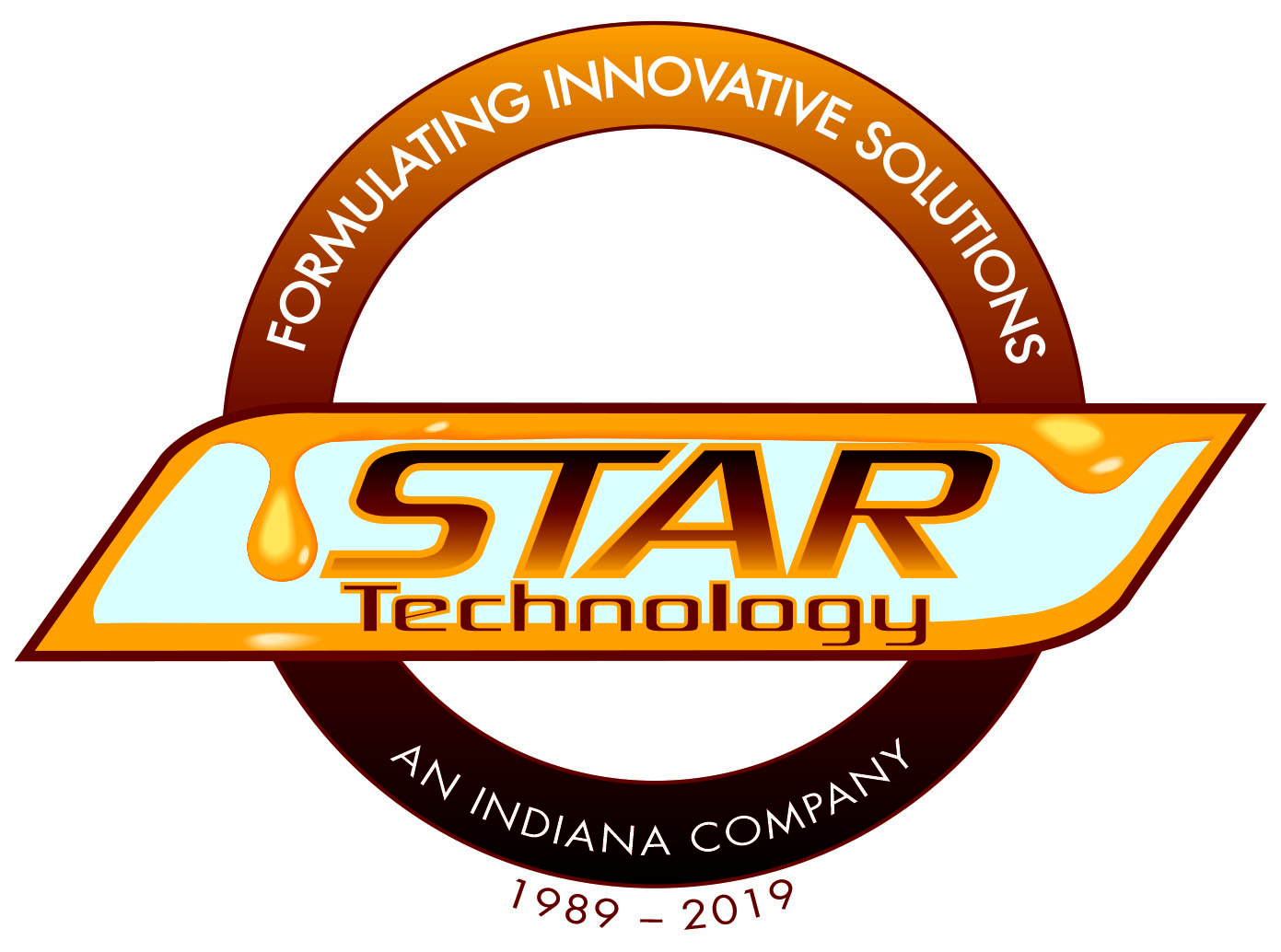2025 Annual Meeting Technical PapersTechnical Paper presentations are essential to achieving one of the association's key objectives, which is to be "the premier forum to interact and exchange knowledge among formulators and suppliers." The 2025 Meeting includes presentations from each of TRFA's Market Focused Committees. To access Technical Paper content you MUST be logged in to your member account. Multi-Protection Against Corrosion of Steel Using Epoxy/LDH Coatings This research presents the development of a high-performance nanocomposite coating forreinforced steel, designed to offer enhanced corrosion resistance in aggressive salt environments. The coating system is based on the incorporation of Mg/Al-CO₃²⁻ layered double hydroxides (LDH) into anepoxy matrix, leveraging their dual function as mechanical reinforcements and anion- exchange agents.The epoxy matrix was modified with acetoacetate chemistry to improve adhesion and compatibility with LDH. The anti-corrosion performance of the coating was evaluated through accelerated salt spray testing (5% NaCl), electrochemical impedance spectroscopy (EIS), and surface characterization using scanning electron microscopy (SEM). Anion exchange and release behavior were assessed via acid-base titration, confirming the active protection mechanism. The results indicate that the LDH-epoxy nanocomposite coating provides superior barrier properties and self-healing capabilities compared to conventionalcoatings. This technology holds strong potential for commercial implementation in infrastructure applications, significantly extending the service life of reinforced concrete structures. Demystifying Dielectric Data - Correlating Dielectric Data with Thermoset Curing Dielectric spectroscopy is a very powerful but under-utilized tool for monitoring the curing of a wide range of thermoset polymers. Unlike other thermal analysis methods, the dielectric data interpretation is sometimes confusing. The paper will discuss the molecular origins of the dielectric loss factor (which is used to calculate the ion viscosity) and how the dielectric response can be related to changes in the molecular structure during thermoset curing. Examples will be shown where the loss factor and the complex viscosity were correlated using simultaneous dynamic rheological and dielectric measurements. In this case, the dielectric sensor was embedded in the plate in a parallel plate rheometer during non-isothermal curing. Additional data from other studies will be presented to show where the dielectric loss factor was related to curing parameters. Innovating with Proteins: Towards the Next Generation of Bio-Adhesives The building sector accounts for nearly 40% of global greenhouse gas emissions, prompting a shift toward renewable materials such as cross-laminated timber (CLT). However, the widespread use of petrochemical adhesives in CLT limits its environmental benefits and recyclability. This research explores the development of bio-based adhesives derived from industrial protein-rich byproducts, aiming to reduce environmental impact while maintaining structural performance. We investigated four protein sources, soybean meal, microbrewery spent grains, shrimp shells, and skim milk powder, selected for their availability, sustainability, and functional diversity. Proteins were extracted via alkaline hydrolysis and incorporated into polyurethane formulations at substitution rates ranging from 0 to 80%. Initial results presented at TRFA 2023 focused on low substitution rates (≤20%), while recent trials extended to 80% substitution using sodium caseinate. Comprehensive characterization included gel time, viscosity, FTIR reactivity, shear strength (ASTM D905), delamination resistance (EN 16351), and biodegradation under Aspergillus brasiliensis exposure. Results show that protein concentration and molecular weight significantly influence adhesive performance. Formulations with 30–70% sodium caseinate substitution demonstrated reduced delamination and improved mechanical strength, with partial biodegradability confirmed via mass loss and spectral analysis. This work supports the feasibility of protein-based adhesives for engineered wood products and outlines future directions for wood composites panels including enzymatic and UV depolymerization, green chemistry modifications, and formaldehyde-free water-based systems. Chemical Additive Evolution: Hybrid Chemical Cage Additives for Thermosets Dielectric cure monitoring, or dielectric analysis (DEA) has been used more and more in research and development, as well as quality assurance/quality control, dielectric cure monitoring. DEA is unique because it enables the same measurements and sensors to be used across the entire spectrum of applications from R&D to QA/QC to manufacturing. Unlike with DMA, DSC and other methods of thermal analysis, hands-on experience with DEA in academic polymer science programs is rare. Few opportunities exist to learn the finer points of dielectric cure monitoring, and misunderstanding of even the fundamental science is still common. As a result, users can overlook valuable information in their data or mischaracterize their results entirely. This presentation will discuss the relationship between loss factor and ion viscosity, then temperature and parasitic effects, electrochemical influences, electrode polarization, blocking layers and other factors often overlooked in analyzing dielectric data. By properly accounting for these details, and learning how to avoid unwanted effects, users can take full advantage of DEA’s ability to directly probe cure state from beginning to end, allowing them to gain the best possible advantage from the technology. Chemical Additive Evolution: Hybrid Chemical Cage Additives for Thermosets The landscape for additives is changing as formulators begin to adopt nanoscopic topology to deliver Generation 3 cages are referred to as heteroleptics because they combine more than one type of This study utilized commodity bis-F oxiranes mixed with additive levels of nonreactive and reactivecages. The enhancement levels of nonreactive vs reactive glycidyl cages covalently polymerized (thermal and or cationic) with bis-F oxirane resins and related formulations. Specifically, thermomechanical, mechanical and thermal properties will be discussed relative to the traditional thermoset networks. Cure-on-Demand Coatings Using Ammonia to Catalyze Thiol-Acrylate and Thiol-Epoxy Reactions Cure-on-demand thiol-acrylate and thiol-epoxy coatings were developed by using ammonia as a catalyst. This novel method is a one-pot formulation that eliminates the need for volatile organic components and introduces a novel curing technique for coatings. Two ammonia sources were employed: a 30% aqueous solution of ammonia and ammonia generated by the urea-urease clock reaction with watermelon seed powder (WMSP) serving as a source of the urease enzyme. The pot lives were extended to at least 30 days by adding stabilizers. The use of the urea-urease clock reaction produced ammonia after a programmable delay, which allowed the coating to be covered with aluminum foil to prevent ammonia loss. The cure times for thiol-acrylate coatings were shorter, although their mechanical strengths were lower compared to thiol-epoxy coatings, which had longer cure times but superior mechanical properties. Sustainable Circular Reuse Model for Paint Recycling Coatings have been a part of our society for over 5000 years. The use of coatings has been found in constructions older than the Hanging Gardens of Babylon and the Pyramids. Formulations, technology, ingredients, and style of manufacturing kept changing. What did not change was the purpose, performance, and requirement of the coatings. It enhances durability, multiplies the lifespan, and increases the beauty of any surface it is applied to. The coatings industry hence provides one of the most sustainable solutions to the world, by minimizing replacement cost, time, and process. This reduces stress on fuel, water, labor, natural resources, and the environment. Thus, lesser extraction of resources, mining, polluting, and a carbon footprint. There is a direct relationship between coatings with environmental Sustainability by their function of increasing life, enduring strength, and providing weatherability to a bridge, ship, aircraft, electronics, machinery, or a home. China Epoxy Resin Curing Agent Market Outlook Epoxy resin, as an important new chemical material, has extensive applications in industrial fields and high-tech industries such as aerospace, new energy, 5G communications, electronics and electrical engineering, construction, and rail transportation. As the most critical auxiliary product in epoxy resin systems, there are various types of curing agents that significantly affect the properties of the cured resin. Therefore, it is necessary to make a targeted selection based on specific applications, performance requirements, and processing techniques. It can be said that the choice of curing agent directly determines the application effectiveness of epoxy resin. According to market research data, the total consumption of epoxy curing agents worldwide in 2024 had exceeded 1 million tons, with the consumption in the Chinese market being approximately 705,000 tons. In terms of application fields, in China, the consumption in the coatings industry was approximately 303,000 tons, the consumption in the electronics and electrical industries was approximately 223,000 tons, the consumption in the composite materials field was approximately 116,000 tons, and the consumption in the adhesive sector was approximately 62,000 tons. It is expected that by 2025, the consumption of epoxy curing agents in the Chinese market will reach 734,000 tons, with an average annual compound growth rate of approximately 4.1% from 2025 to 2029. This report focuses on the market status of major types of curing agents, including amine curing agents, anhydride curing agents, resin curing agents, and latent curing agents. The specific content framework is as follows: 1. Amine curing agents (Ethylene amine, Hexamethylenediamine, Polyether amine, m-Xylylenediamine / 1,3-Cyclohexanediamine) Highly-Efficient, UV-Activated Curing for Carbon-Fiber Composites The world of epoxy-based composites is one that is slowly but surely growing. And like the slow growth of the composites world, traditional methods of curing epoxy‑anhydride-based materials are also slow. Traditional thermoset curing technologies are typically inefficient, requiring high temperatures (~150+ °C) over extended periods of time (i.e. 5-24 hours) in high pressure autoclaves or ovens.1 Here, we present a new method of curing, which utilizes a photocatalyst, UV‑light, and frontal polymerization, that can be used to fully cure carbon‑fiber composites. The method has allowed us to fully cure carbon-fiber composites of thicknesses ranging from 3/8th of an inch to 1 inch. The cure can be successfully performed in approximately 1 hour, and typical polymer analysis such as DSC and DMA support the fact that the part is indeed fully cured. Efforts to optimize the process and evaluate other performance properties of the carbon-fiber composites are ongoing, and the prospects of this technology seem to be promising for the advancement of epoxy‑anhydride‑based composites manufacturing. Minamine Reduced Hazards Epoxy Curative Technology Epoxy resin systems cured with amine-based agents are widely used in coatings, adhesives, and composite applications due to their superior mechanical and chemical properties. However, conventional amine-derived curatives such as polyamides, amido amines, Mannich bases, adducts, and ketimines are often associated with significant health and environmental concerns. These include high volatility, skin and respiratory irritation, and the presence of substances classified as carcinogenic, mutagenic, reprotoxic (CMRs), or endocrine-disrupting. In light of increasing global regulatory pressures, particularly within the EU Chemicals Strategy for Sustainability, there is a growing demand for safer and more sustainable alternatives. This paper introduces MinAmine Technology, a novel class of epoxy curing agents engineered to reduce free amine content without compromising functional performance. Through a combination of in silico modeling and in vitro assays, the MinAmine H406 A60 formulation was evaluated for toxicity, irritation potential, and overall hazard classification. Results indicate that these new materials fall outside of the UN GHS hazard categories for skin irritation, with no significant endocrine or organ toxicity observed in preliminary screening. MinAmine Technology also offers application versatility in solvated single-component systems and high-performance coatings with enhanced blush resistance. While certain molecular weight constraints limit use in some formulations, this approach represents a meaningful advancement in the development of epoxy curing agents that are both high-performing and aligned with modern safety standards. Tailoring Vitrimer Chemistry for Tough Fiber-Reinforced Composites and Reversible Adhesives Over 400 million tons of solid plastics are globally produced annually and only ~9% of those are currently recycled in U.S. Covalent adaptive network (e.g. vitrimer) exhibits mechanical robustness and chemical resistance of thermosets because of its covalent network formation, but it can be mechanically recyclable by reconfiguring reversible crosslinks through the associative bond exchange at elevated temperature, or chemically recyclable by readily cleaving their dynamic bonds. In our study, we have developed boronic-ester or disulfide based vitrimers and their carbon fiber-reinforced polymers (CFRPs) and glass fiber-reinforced polymers (GFRPs) with tailored interfaces. The designed vitrimer chemistry enables the crosslinked network to be reprocessable and repairable, while providing strong interfacial adhesion between the matrix and CFs/GFs. Especially, we have designed to have a dynamic exchange between matrix and fibers to provide significantly improved toughness, while exhibiting repairability and recyclability. We also developed reversible adhesives by tailoring vitrimer chemistry to upcycle commodity plastics. The developed vitrimer adhesives from plastic wastes exhibit exceptional adhesion strength and work of debonding with reversible adhesion capability as well as providing mechanical and chemical recyclability. This presentation will update our on-going efforts on vitrimer chemistry toward CFRPs and GFRPs as well as circular adhesives. Latency, Toughness and Flame Retardancy - Can a Formulator Have it All? The field of latent thermoset curing has grown to meet thermoset applications where long pot-life at high (and low) temperatures are required for advanced manufacturing of composites, electronics, adhesives and coatings. In addition, growing demand for flame retardancy in aerospace and automotive sectors requires formulators to push the boundaries of 1K system performance. We report new research utilizing fully commercialized materials to formulate all-in-one latent resin systems. These materials include polymerically-entangled latent curing agents, polymeric tougheners and non-halogenated flame retardant additives. These systems were formulated with nitrile rubbers, core-shell particles, thermoplastic and interpenetrating network (IPN) polymer tougheners. Materials were characterized through pot-life, curing kinetics, thermomechanical properties and flammability testing. This study lays groundwork for helping formulators balance their 1K performance between cure temp and time, viscosity, strength and flammability.
Comparative Study of Bio-Based and Fossil Fuel-Based Corrosion and Chemical Resistant Coatings This paper presents the development and evaluation of a bio-based corrosion-resistant coating formulated using sorbitol polyglycidyl ether, bio-based reactive diluents, and cycloaliphatic amines as curing agents. The formulation was optimized to achieve superior corrosion resistance, chemical resistance, mechanical performance, and environmental sustainability. The performance was compared against a conventional fossil fuel-based epoxy coating through standardized testing methods. Results demonstrate that the bio-based formulation offers comparable or superior performance in aggressive environments while reducing VOC emissions and increasing bio-based content. A detailed comparison with a standard fossil fuel-based formulation highlights the advantages and limitations of the bio-based system.
Re-Evaluating Sustainability in Thermoset Systems: Two Practical Examples of a Sustainable Polyester and Bio-Based Epoxy Resin Sustainability in thermoset development is often equated with the replacement of fossil raw materials by bio-based alternatives. However, true sustainability requires more: performance, durability, process compatibility, and circularitymust also be considered. Using two examples—a bio-based unsaturated polyester and a bio-based epoxy resin—this presentation demonstrates how alternative raw materials can meet technical requirements and supportsustainable design in composite applications. The polyester system uses renewable diols and acids to achieve high biogenic content while maintainingcompatibility with processes such as pultrusion and SMC/BMC. First applications include lightweight components and sports equipment. The epoxy system, based on cashew nutshell-derived cardanol, offers low viscosity and improved toughness, making it suitable for fiber-reinforced parts in sports and transportation interiors with strict fire safety and weight demands. These case studies illustrate that "green" solutions require a holistic system approach—beyond raw material substitution. Qualification Framework for Epoxy-Based Composites in CCUS Applications Epoxy-based fiber-reinforced composites (FPCs) are emerging as cost-effective alternatives to corrosion-resistant alloys (CRAs) in Carbon Capture, Utilization, and Storage (CCUS) applications. Despite their high chemical resistance and mechanical strength, their widespread adoption has been limited by the lack of understanding regarding their long-term performance in CO₂-rich, high-temperature, and high-pressure environments. As an end user with extensive field and lab experience, we investigated the degradation mechanisms of epoxy-based composites under simulated CCUS well conditions. Our findings reveal that moisture-induced debonding at the fiber/matrix interface is the primary failure mode, leading to gradual strength loss without visual damage—unlike metallic corrosion. Existing metallic qualification standards are not suitable for evaluating this failure mechanism in composites. To bridge this gap, we developed an accelerated testing protocol and a predictive degradation model that correlates short-term lab data with long-term field performance. This framework enables accurate life prediction and material selection tailored to downhole environments. It also offers practical guidance to thermoset resin formulators for developing next-generation composite systems, helping reduce CRA dependency and accelerating CCUS deployment. |



